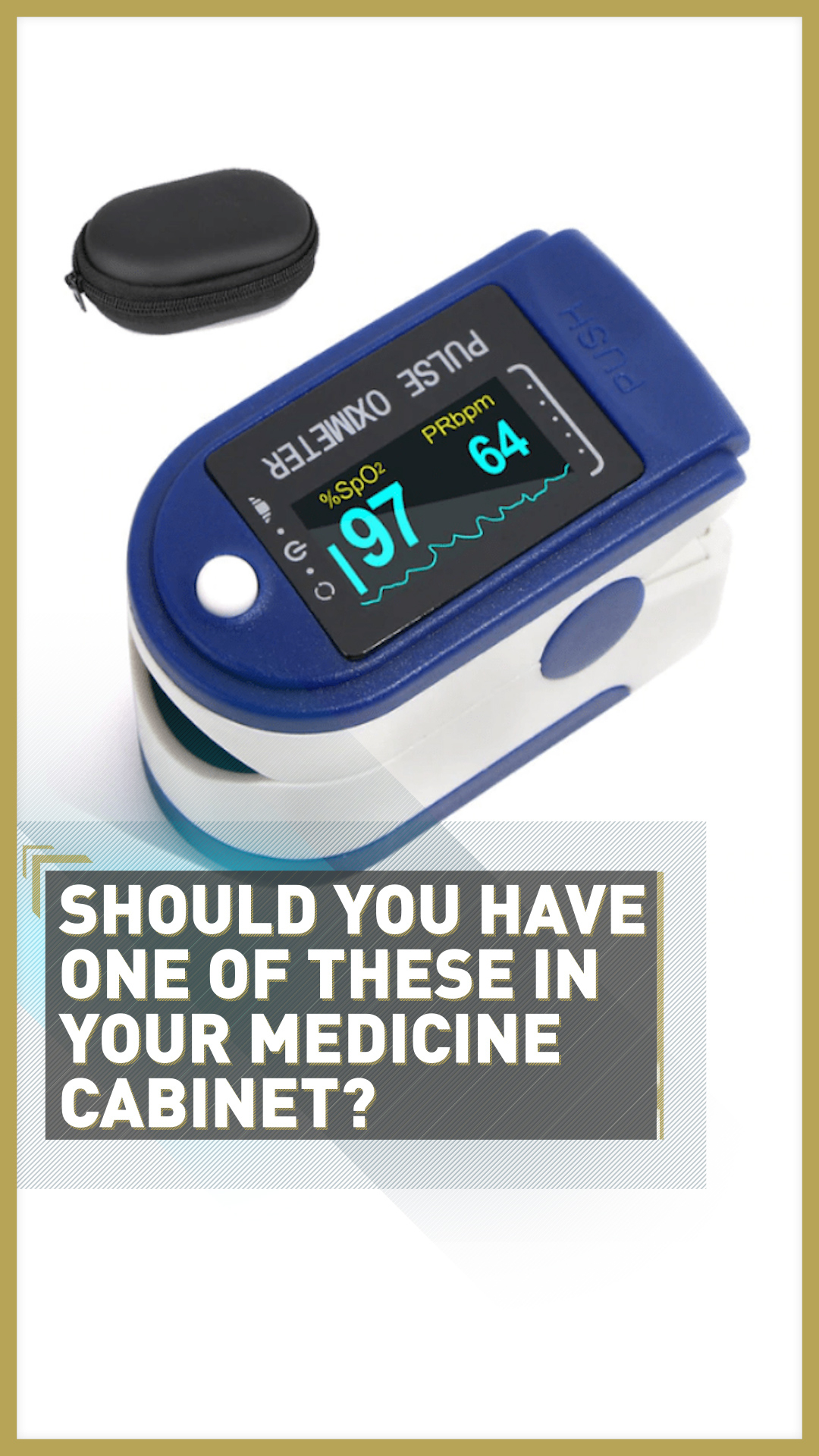05:06

Few outside the medical community would have heard of a pulse oximeter, but today amid the global coronavirus pandemic, experts are saying we should all have one in our medicine cabinets.
But what exactly does it do and can it help in the fight against COVID-19?
CGTN Europe spoke to Richard Levitan, an emergency medicine physician in Franklin, New Hampshire, who has publicly advocated the widespread use of oximeters.
"I think that the public needs to go forward over the next year or two, realizing that a pulse oximeter is easier and simpler to use than a blood pressure cuff or even a thermometer and that it should be something in their medicine cabinet," Levitan said.

Medical professionals say this small and portable device can help in the fight against COVID-19. Peter Dazeley/Getty Images
Medical professionals say this small and portable device can help in the fight against COVID-19. Peter Dazeley/Getty Images
What is it and how does it work?
"A pulse oximeter is basically considered a fifth vital sign in a hospital," Levitan explained. "It measures oxygen saturation in the blood, and there are consumer models that clip on a finger and are essentially very reliable and are offered widely in pharmacies," he added.
The small device looks a little like an oversized clothes pin, and in a similar vein, it's clipped on to the tip of your finger, giving it a slight pinch. Within seconds, the device gives a reading of your oxygen blood level and heart rate in two clear, lit up numbers.
Medical professionals say most healthy people will get an oxygen reading around 95 to 98 percent – though those with existing health conditions will have a lower normal reading – and advise checking with a doctor if this number drops to 92 or lower, as this may point to oxygenation problems.
Can it help against COVID-19?
"COVID-19 causes death primarily through pneumonia. This is a respiratory pandemic, and when monitoring what's happening in the lungs, pulse oximetry, I believe, is as good as any other tool we have," Levitan answered.
He added that COVID-19 pneumonia can be dangerous in that its effects, such as shortness of breath, are not felt clearly until the patient is very far along with it and in a severe condition.
Patients could have incredibly low oxygen saturations and severe pneumonia, but still be up and talking.
"That combination of advanced disease, incredibly low oxygen levels, and yet the patients are awake and talking is something that we've not seen ever in medicine and certainly not all at once, hundreds of people in the same emergency department at the same time," Levitan said.
So, by people using pulse oximeters, whether at home or in a doctors' office, medical professionals say this could provide an early warning system for the breathing problems and low oxygen saturation levels associated with COVID-19 pneumonia.
Is there a danger of misuse or misinterpretation?
"Let's just be clear, the best use of pulse oximeters would be the daily monitoring of people at highest risk, for instance, in nursing homes," Levitan said. Adding: "The other thing that I am suggesting is that it is simply a tool that patients can use reliably well and in consultation with their doctor or calling a telehealth line, it adds tremendous value."
As with other tools that can be used at home, such as a blood pressure cuff or a thermometer, there is always the risk that an oximeter can be misread and result in people going into emergency rooms who don't need urgent care.
But Levitan said that, although he has experienced this in hospitals, it's not dangerous as long as patients understand that an oximeter is just one tool that is used, and "having this information that you can share via telephone with an emergency department or with a primary care provider is enormously valuable."
The best use for oximeters, according to professionals, is for monitoring patients with a cough, fatigue and fever who have not had coronavirus testing, or even those who have, but whose swab tests come back negative, as these may not be completely accurate.
In addition, patients who have tested positive for the virus should have pulse oximetry monitoring for two weeks – the period during which COVID-19 pneumonia develops – as early treatment can help keep patients needing a ventilator.
Success stories
"Well, there are some preliminary studies that have happened in the States showing that elderly people who are more closely monitored get diagnosed earlier and do better," Levitan said.
Levitan added that he has heard of success stories from oximeter use on COVID-19 patients in countries outside the U.S., such as in Italy.
In one case, doctors identified COVID-19 patients early on in the emergency department when they had fever and muscle aches, and sent them home with pulse oximeters.
"Only one in 20 of the patients went on to develop COVID-19 pneumonia, but they detected it early with the oximeters. So, 5 percent of the 250 patients came back with low oxygen, but they all got treated early and they all did well and they all avoided a ventilator," Levitan said.
"I believe if we have earlier diagnosis, we will get patients better sooner and more effectively than waiting until they come in very, very sick," he added.
So, although as with most medical tools, oximeters may not always be 100 percent accurate, and deaths are not always preventable and predictable, doctors make the case that they can at least help lessen the crushing load on emergency rooms during the coronavirus pandemic by identifying and treating COVID-19 pneumonia early on.
Check out The Pandemic Playbook, CGTN Europe's major investigation into the lessons learned from COVID-19